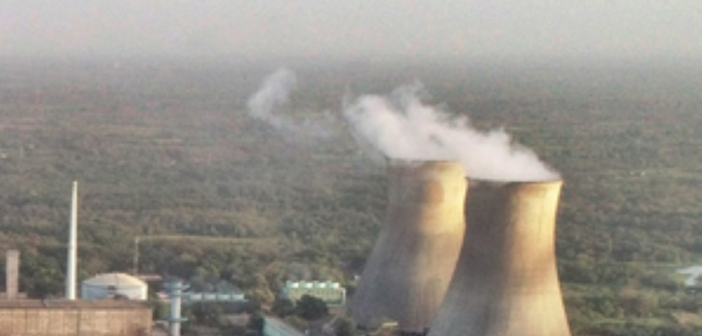India has reaffirmed its dedication to sustainable energy by emphasizing the pivotal role of nuclear power in its energy strategy. Prime Minister Narendra Modi highlighted this commitment on Monday while sharing an article authored by Union Minister for Science and Technology, Jitendra Singh. The article outlines the nation’s ambitious plans to significantly expand nuclear energy production in the coming decades.
The Prime Minister’s Office, in a statement shared on social media platform X, described nuclear power as a cornerstone of India’s vision for a sustainable and self-reliant energy future. The Union Minister’s article delves into the challenges and opportunities in the nuclear energy sector, particularly as India’s electricity demand is projected to triple by 2047.
Singh emphasized that nuclear power offers a solution to the dual challenge of fostering rapid economic growth while reducing carbon emissions and ensuring energy security. He pointed out that nuclear energy is one of the most concentrated forms of power generation, capable of producing vast amounts of electricity from minimal fuel with negligible carbon emissions. Unlike renewable sources such as solar and wind, which are weather-dependent, nuclear power provides a reliable and consistent energy supply.
The article also highlighted the limitations of other energy sources. Hydropower, for instance, is subject to seasonal variations and ecological concerns, while coal continues to pose significant environmental challenges. In contrast, nuclear energy emerges as a sustainable and viable alternative.
Over the past decade, India’s nuclear capacity has increased by more than 70 percent. Currently, nuclear power contributes approximately 3 percent of the country’s electricity generation. However, this figure is expected to rise substantially, with 21 reactors, totaling 15,300 megawatts, at various stages of implementation. The government has set an ambitious target of achieving 100 gigawatts of nuclear power capacity by 2047, a significant leap from the current capacity of 8.18 gigawatts.
To achieve this goal, the government has launched the Nuclear Energy Mission for Viksit Bharat. This initiative focuses on enhancing domestic technological capabilities while renewing international collaborations with countries such as Russia, France, and the United States. The mission aims to position India as a global leader in nuclear energy, leveraging both indigenous innovation and international partnerships.
Singh also underscored the importance of addressing key challenges in the nuclear sector, including stringent safety protocols, public acceptance, and financial viability. He noted that the country’s nuclear program has the potential to reshape India’s energy landscape, providing a sustainable and secure energy source for future generations.
The article serves as a call to action for both public and private stakeholders to invest in and support the growth of nuclear energy. By focusing on technological advancements and international cooperation, India aims to build a robust and sustainable energy infrastructure that aligns with its long-term developmental goals.





